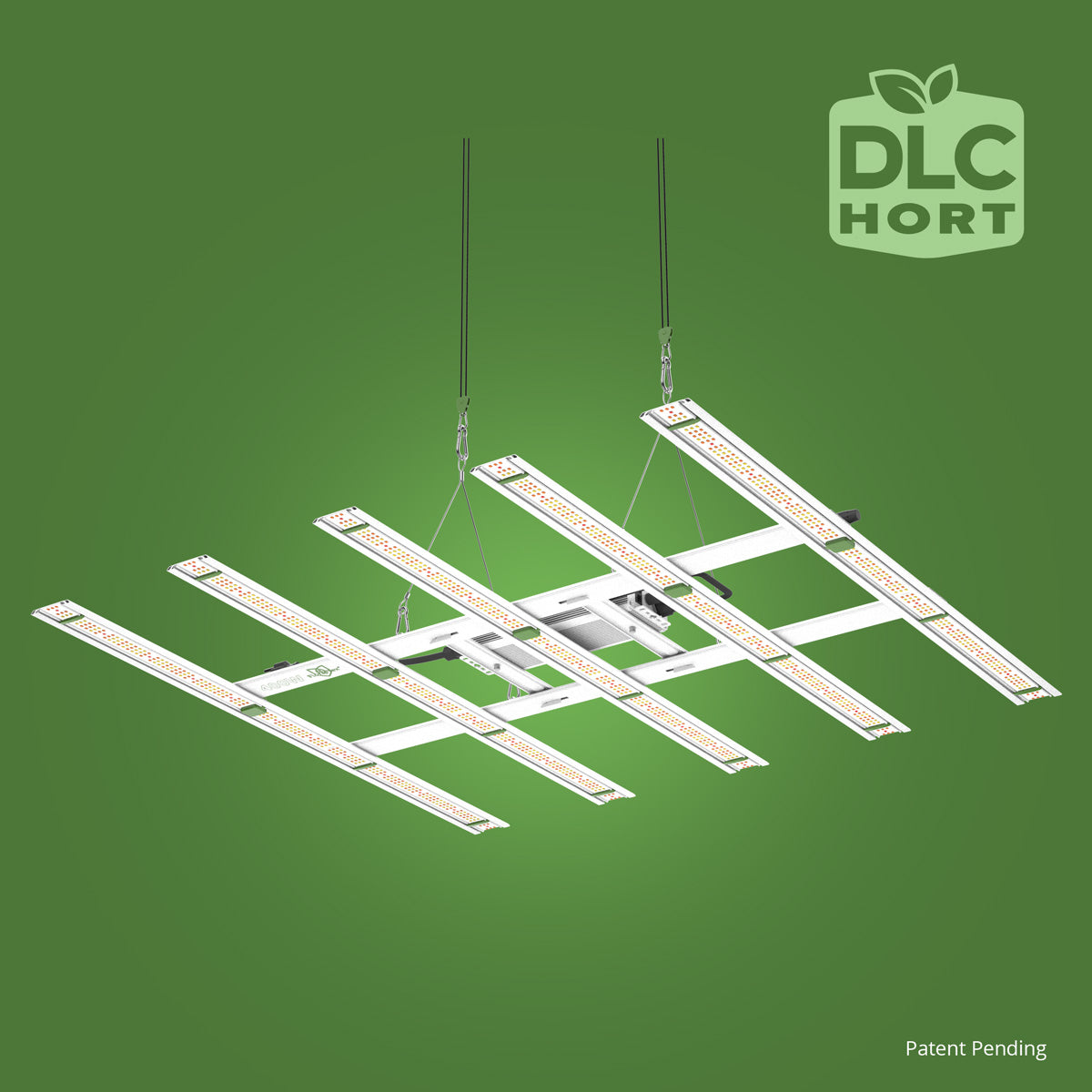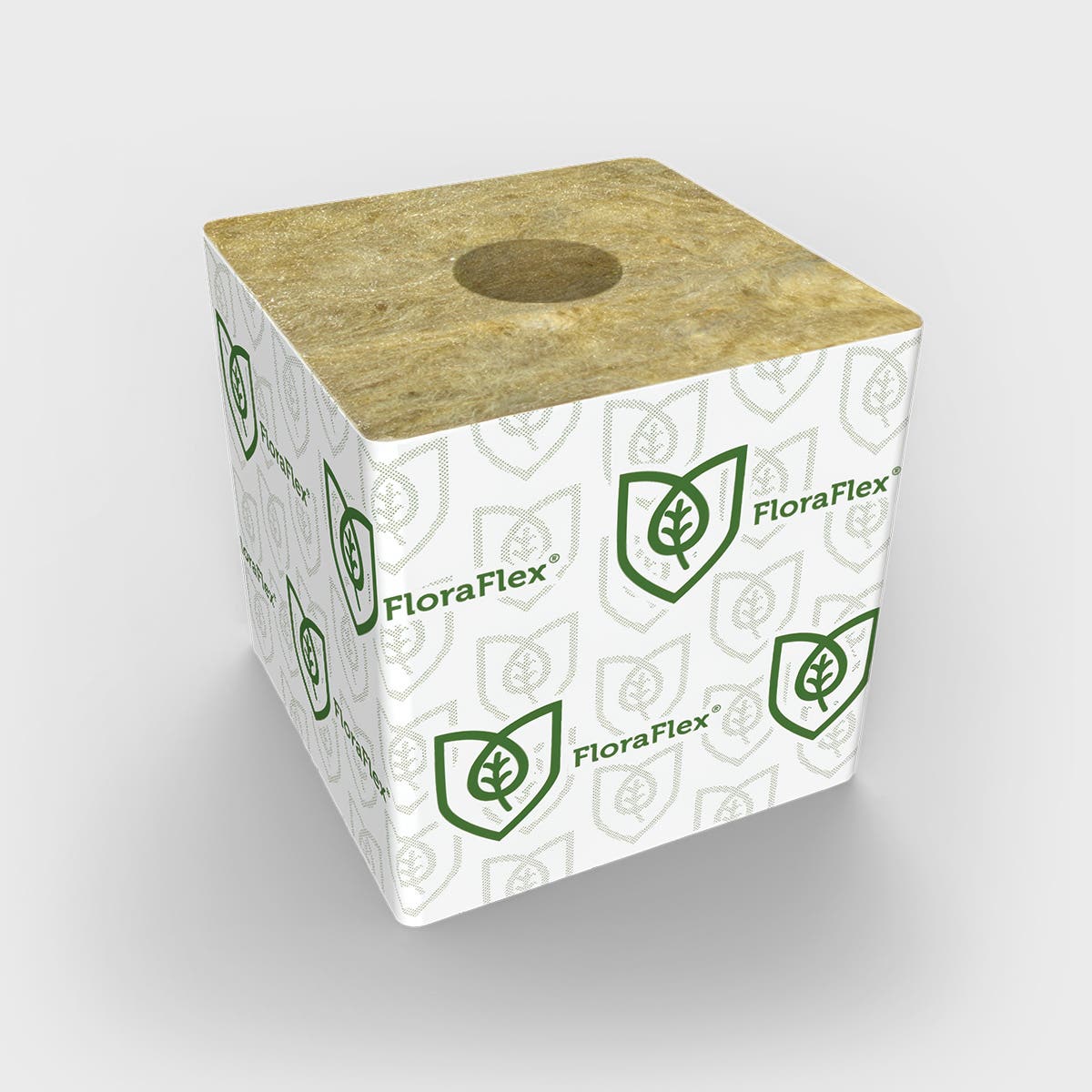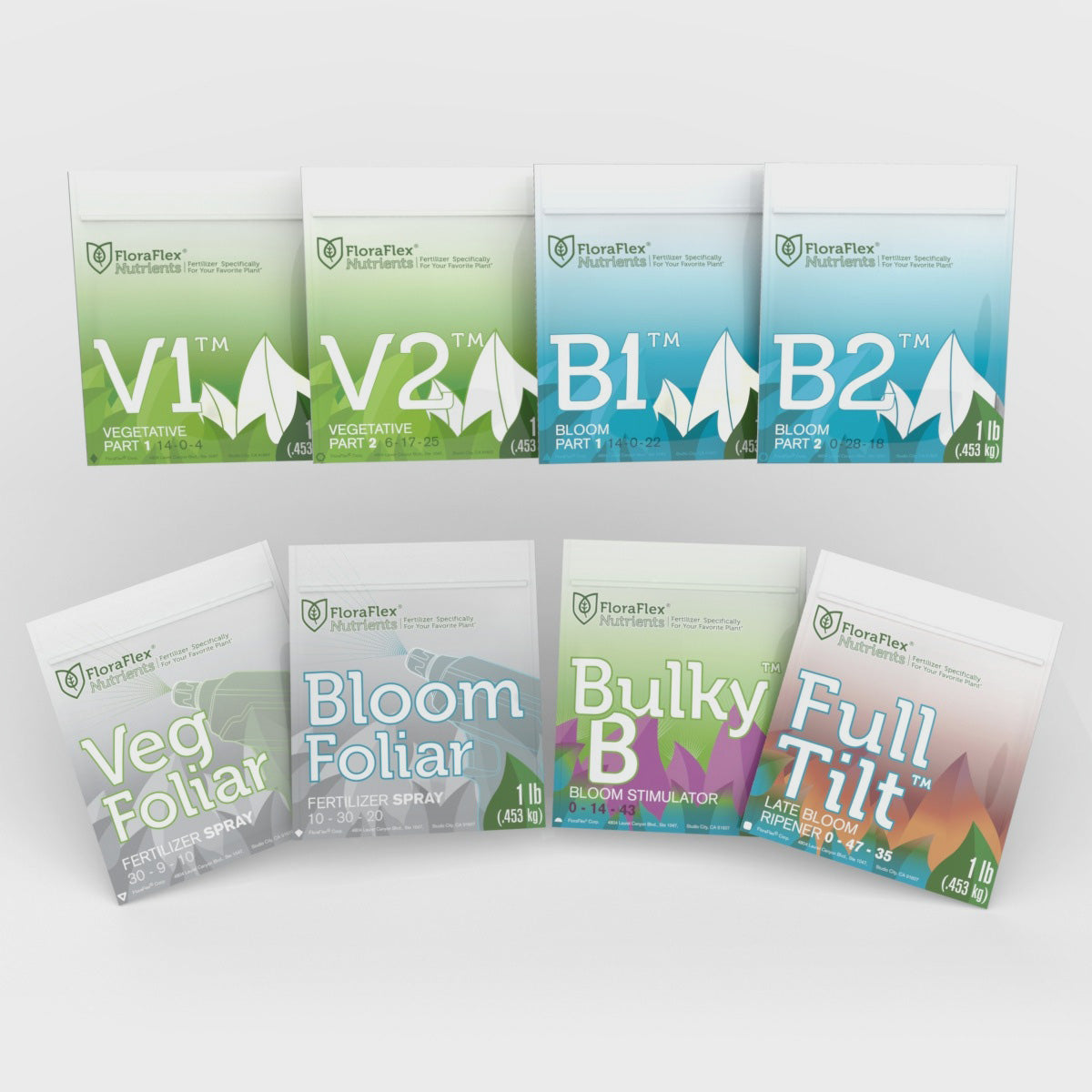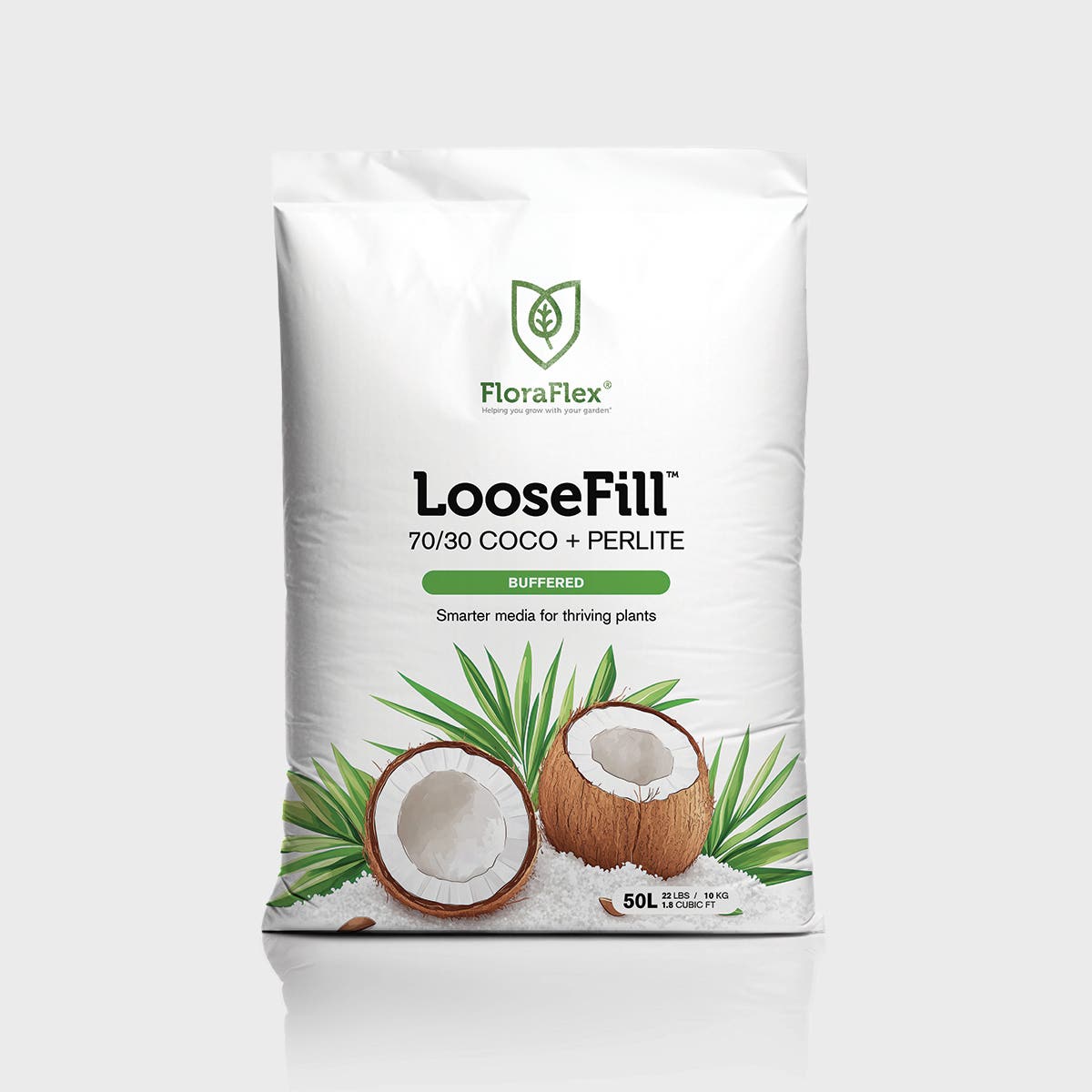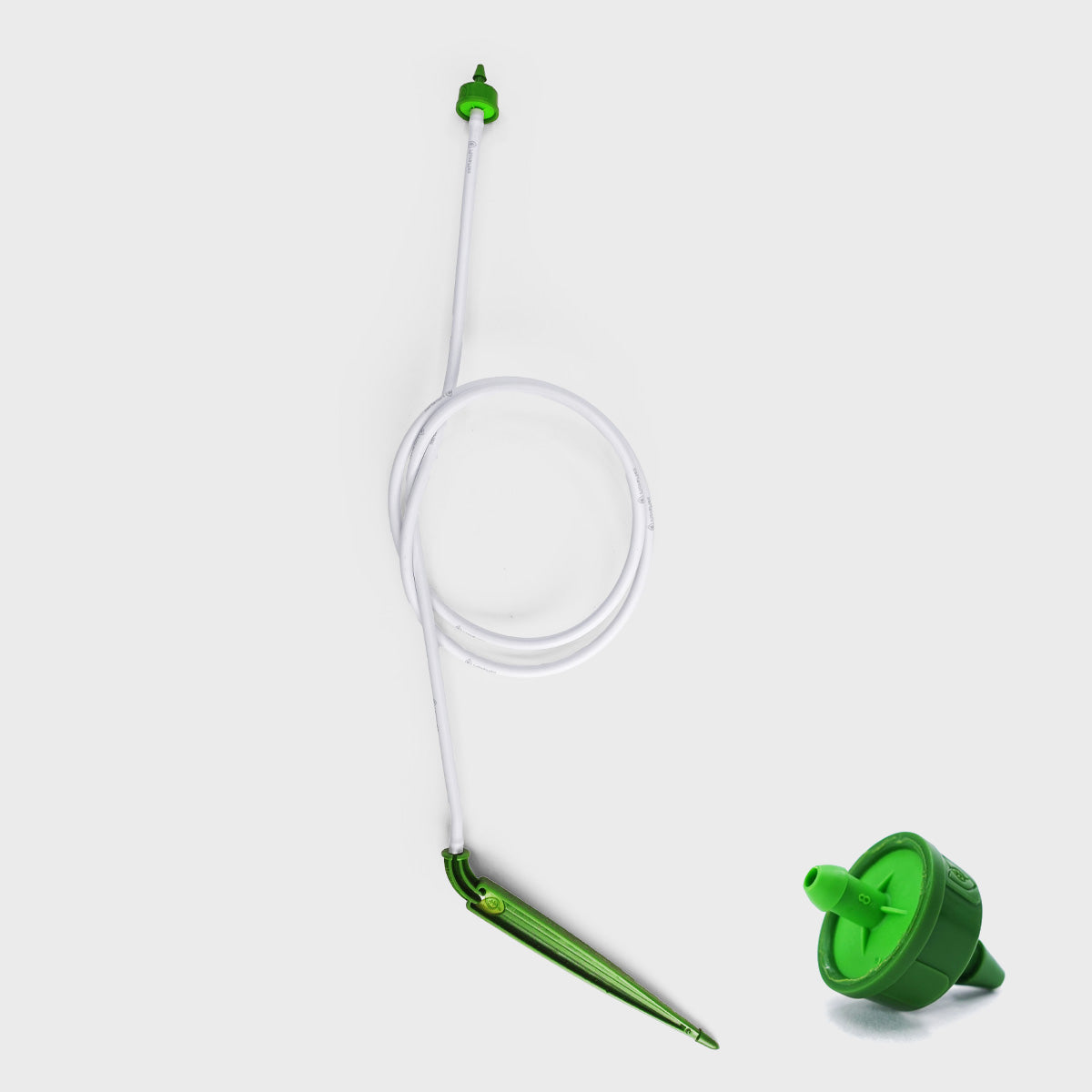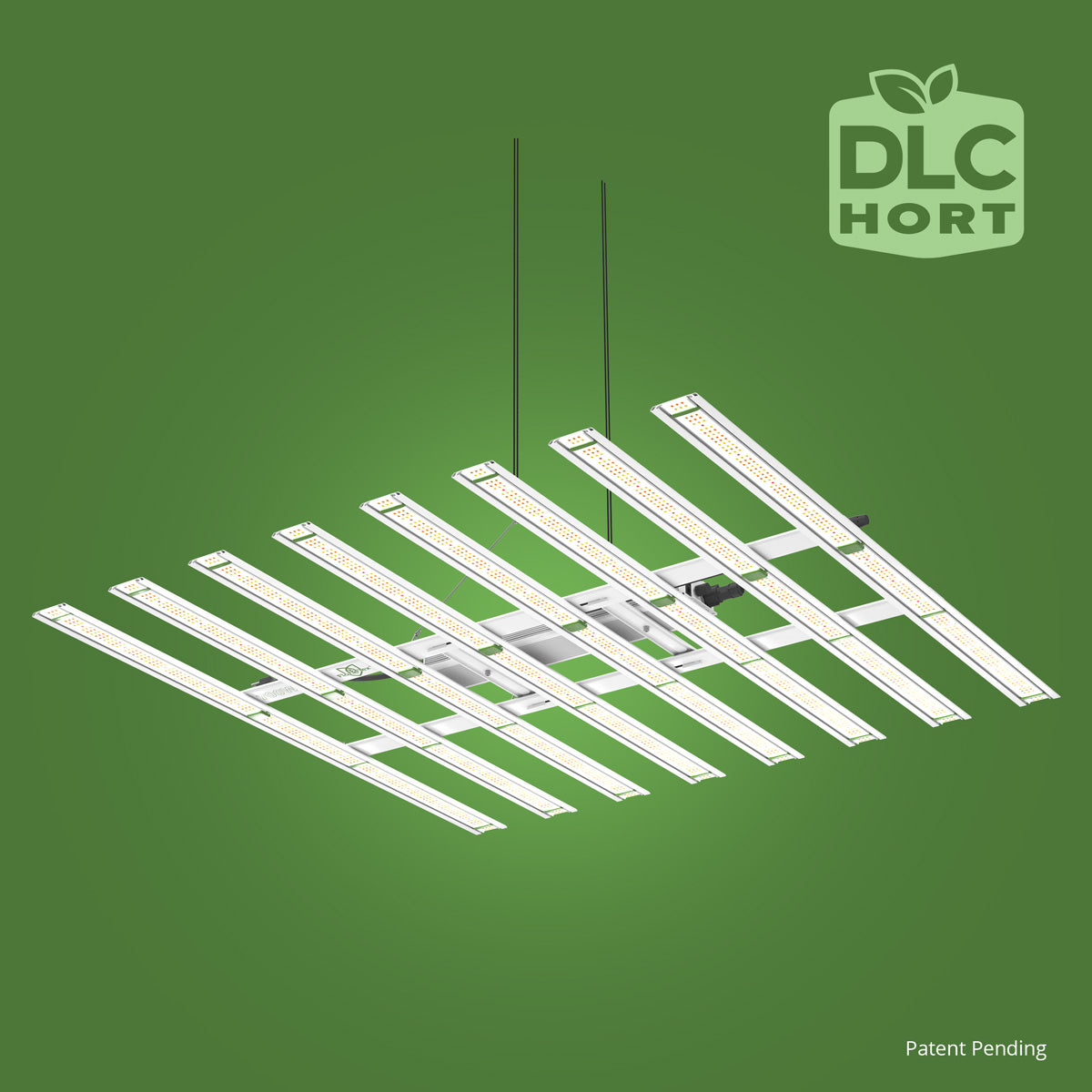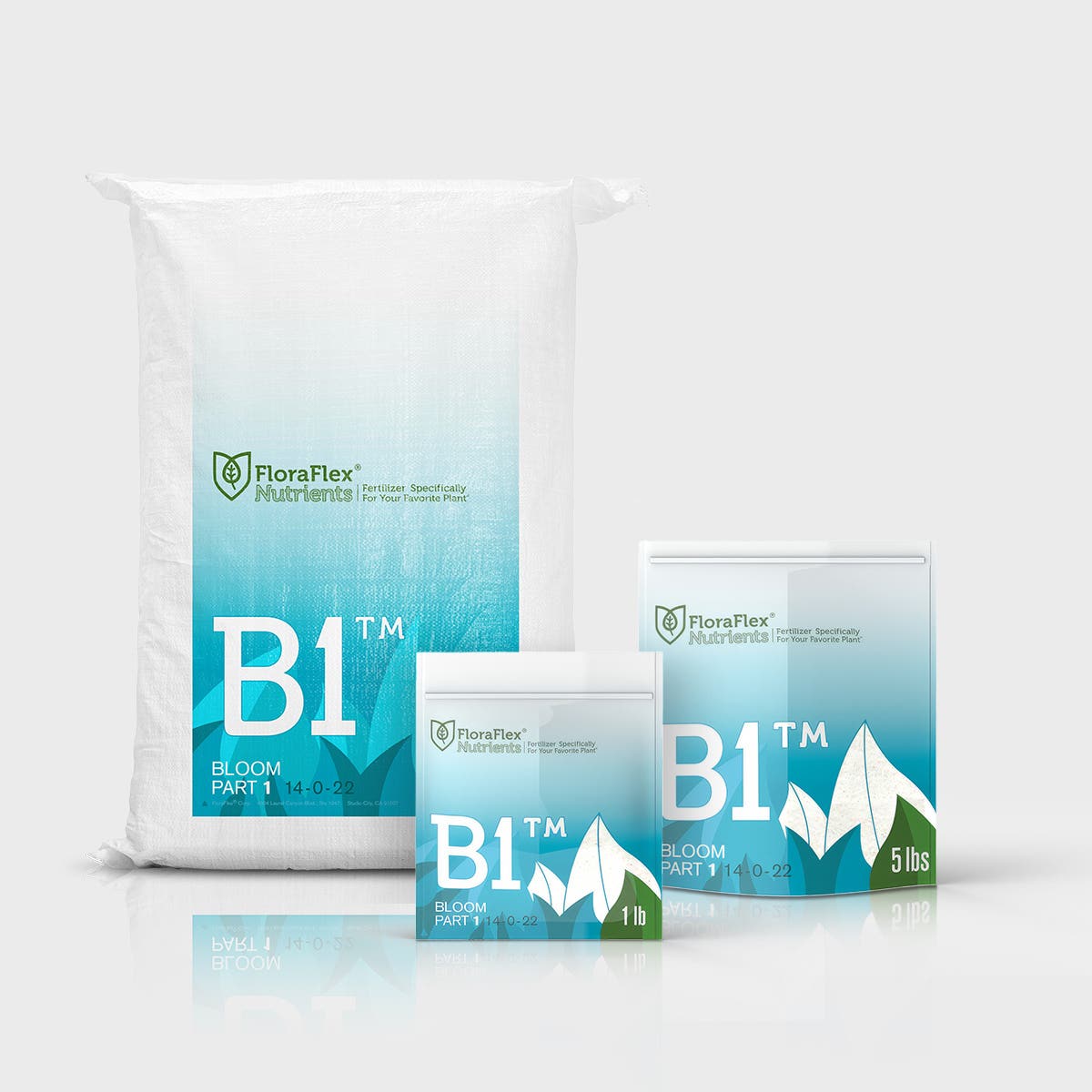Proper nutrient balance is crucial for successful weed cultivation. However, nutrient deficiencies can occur, leading to stunted growth, yellowing leaves, and decreased yields. Understanding the signs of nutrient deficiency and taking appropriate measures to address them is essential for maintaining healthy cannabis plants. In this article, we will explore common nutrient deficiencies in growing weed, their symptoms, and how to remedy these issues effectively.
Nitrogen Deficiency
Nitrogen (N) deficiency is a common problem that affects weed plants. Here are the signs to look out for:
-
Yellowing Leaves: The lower leaves of the plant turn yellow, starting from the tips and spreading towards the center of the leaves. The yellowing progresses, leading to the leaves becoming pale or even white.
-
Stunted Growth: Without sufficient nitrogen, plants struggle to grow and may exhibit stunted growth, shorter internodal spacing, and smaller overall size.
To address nitrogen deficiency, consider the following steps:
-
Adjust Nutrient Solution: Increase the nitrogen content in your nutrient solution by using a fertilizer with a higher nitrogen ratio. Follow the manufacturer's instructions and be mindful not to overfeed the plants.
-
Amend Soil or Growing Medium: If growing in soil, incorporate organic amendments high in nitrogen, such as compost or worm castings, into the soil mix. This provides a slow-release source of nitrogen.
Phosphorus Deficiency
Phosphorus (P) deficiency can negatively impact the development of buds and overall plant health. Here are the signs to watch for:
-
Slow Growth: Plants may exhibit slow or stunted growth, with underdeveloped branches and limited bud formation.
-
Purple or Darkened Leaves: Leaves may develop purple or dark discoloration, particularly on the undersides.
To address phosphorus deficiency, follow these steps:
-
Adjust Nutrient Solution: Use a fertilizer with a higher phosphorus content during the flowering stage to supplement the deficiency. Look for bloom-specific nutrient formulations.
-
pH Optimization: Ensure that the pH of your growing medium is within the appropriate range (usually 6.0-6.5 for soil) to facilitate phosphorus absorption. pH imbalances can impede nutrient uptake.
Potassium Deficiency
Potassium (K) deficiency can impact various aspects of plant development, including bud development and overall vigor. Look out for the following signs:
-
Yellowing and Curling Leaves: Leaves may develop yellowing or chlorosis, starting at the edges and moving towards the center. They may also curl or appear scorched.
-
Weak Stems: Plants may exhibit weak stems that are more prone to breakage.
To address potassium deficiency, consider the following actions:
-
Adjust Nutrient Solution: Use a fertilizer with a higher potassium ratio during the vegetative and flowering stages. Look for nutrient formulations with elevated levels of potassium.
-
pH Optimization: Ensure the pH of your growing medium is within the appropriate range for optimal nutrient uptake.
Magnesium Deficiency
Magnesium (Mg) is an essential nutrient for cannabis plants, and its deficiency can cause issues. Here are the signs to watch for:
-
Interveinal Chlorosis: Leaves develop yellowing between the veins while the veins themselves remain green.
-
Leaf Curling: Leaves may curl or exhibit cupping.
To address magnesium deficiency, consider the following steps:
-
Foliar Spray: Apply a magnesium-rich foliar spray to the leaves, allowing for quick absorption.
-
Adjust Nutrient Solution: Use a nutrient solution that includes magnesium in a readily available form.
Other Nutrient Deficiencies
Apart from the aforementioned deficiencies, weed plants can also experience deficiencies in other essential nutrients, including calcium (Ca), iron (Fe), and zinc (Zn). The signs and symptoms of these deficiencies can vary, but it's important to promptly address any nutrient imbalance to ensure the health and productivity of your cannabis plants.
To address deficiencies in these nutrients:
-
Calcium: Incorporate calcium-rich amendments, such as gypsum or dolomite lime, into the soil or nutrient solution. Maintain proper pH levels to optimize calcium uptake.
-
Iron: Apply chelated iron solutions or iron-rich fertilizers to the soil or use foliar sprays to provide immediate iron supplementation.
-
Zinc: Use zinc chelates or zinc sulfate to correct zinc deficiencies. Apply as directed on the product label and monitor plant response.
When addressing nutrient deficiencies, it's crucial to consider the underlying cause. Factors such as pH imbalances, improper nutrient ratios, or poor soil quality can contribute to nutrient uptake issues. Regularly test the pH of your growing medium and adjust it if necessary. Conduct soil tests to assess nutrient levels and make informed decisions about nutrient supplementation.
Prevention is key to avoiding nutrient deficiencies. Ensure you provide a balanced nutrient solution, maintain proper pH levels, and regularly monitor your plants for signs of stress or nutrient imbalances. Cultivating healthy soil through the use of organic matter and implementing crop rotation practices can also contribute to preventing nutrient deficiencies in the long term.
In conclusion, understanding and addressing nutrient deficiencies in growing weed is essential for maintaining healthy and productive cannabis plants. By recognizing the signs and symptoms of deficiencies and taking appropriate corrective measures, you can ensure optimal nutrient balance, robust growth, and abundant yields in your cannabis garden.
Remember, each nutrient plays a unique role in plant development, and maintaining a balanced and comprehensive approach to nutrient supplementation is key. With diligent observation, regular testing, and a proactive mindset, you can provide your weed plants with the essential nutrients they need to thrive and flourish.

